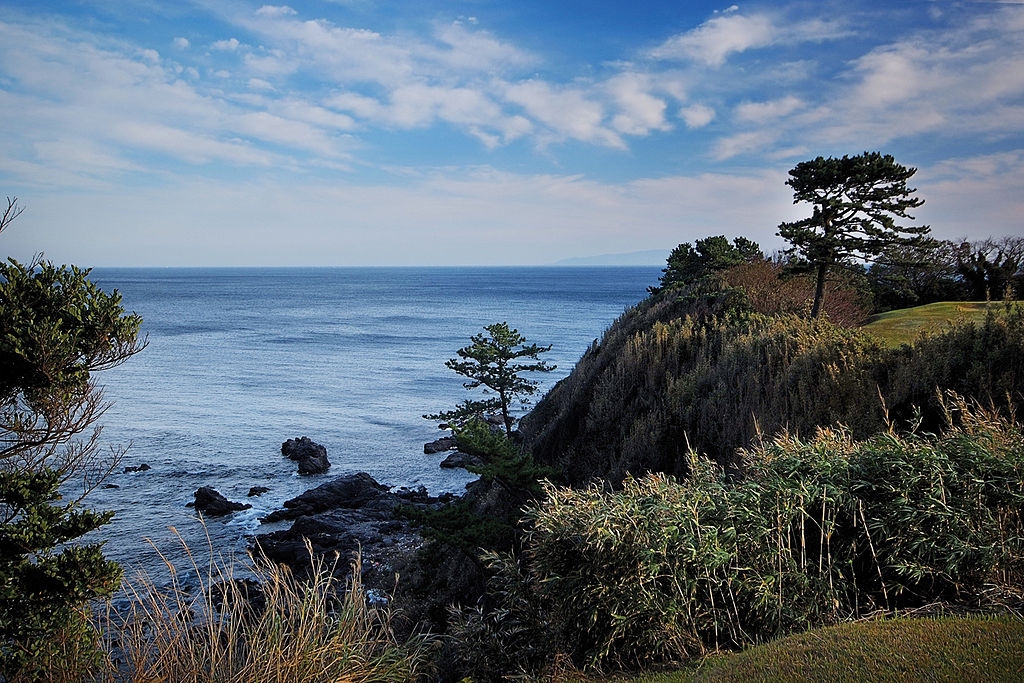One of the best courses in the region, Misaki CC can be enjoyed by all levels of golfer and welcomes foreign guests. Misaki is located just 30 minutes...
Latest japan travel

Shiga Travel Guide
Nestled in the heart of Japan, Shiga Prefecture is a captivating destination renowned for its natural splendor and profound historical heritage. At the forefront of Shiga's allure is Lake Biwa, Japan's largest lake and a symbol of the region's breathtaking landscape. Covering a significant portion
Indoor Golf Course Tokyo
DID YOU KNOW?
There are about 2,350 golf courses in Japan. A large number of these were constructed during the "bubble-years" in the late 80's and early 90'.
Now many of these are in financial trouble, which among other things means that golf in Japan has become much more inexpensive and access to courses has improved dramatically.Caddies
Traditionally the Japanese have played with caddies and most golfers have grown accustomed to this form of play. Normally there's one caddie (mostly female) per foursome. To keep costs down, both for the club and players, many clubs today also offer self-play, which is usually about 3,000 yen less than playing with a caddie.
Lunch Breaks
Golf in Japan is, or at least used to be, a full-day exercise. One reason for this is that after the first 9 holes, players are forced to take an average one-hour lunch break, and sometimes even longer on busy weekends! Nowadays many courses allow "playing through" without a lunch break, but usually only on weekdays.
Course Features
OB Tees (playing "4" tee) To speed up play (which often is much slower than in the west), most Japanese courses use OB tees on holes were players tend to hit OB's, or into ponds.etc.. The OB tees (marked with yellow tee markers) are located where a good tee shot would have landed, and you play your 4th shot from there. OB tees are also used on par-3 holes, and would normally be located past the hazards and close to the green (see image) where you`ll be playing your third shot.
Black-and-Yellow Stakes (one penalty)
Another feature to speed up play is the use of one penalty "Yellow" markers instead of OB markers. This falls under a "Local Rule" and you won't find it in the R&A or USGA rulebooks. If you hit past this line, you simply move your ball back onto your course diagonally and concede a one-stroke penalty.
Partner Courses
Browse our featured courses renowned for their hospitality!

Kanagawa C.C.
神奈川カントリークラブ
Designed in 1968, Kanagawa C.C. is one of the older courses in the Kanagawa area. Known for its tricky layout, a golfer will need a a variety of shots...

Accordia Golf Narashino Country Club
習志野カントリークラブ
The host course for the ZOZO Championship on the PGA tour, Narashino Country Club has always been at the heart of tournament golf in Japan. Starting...







